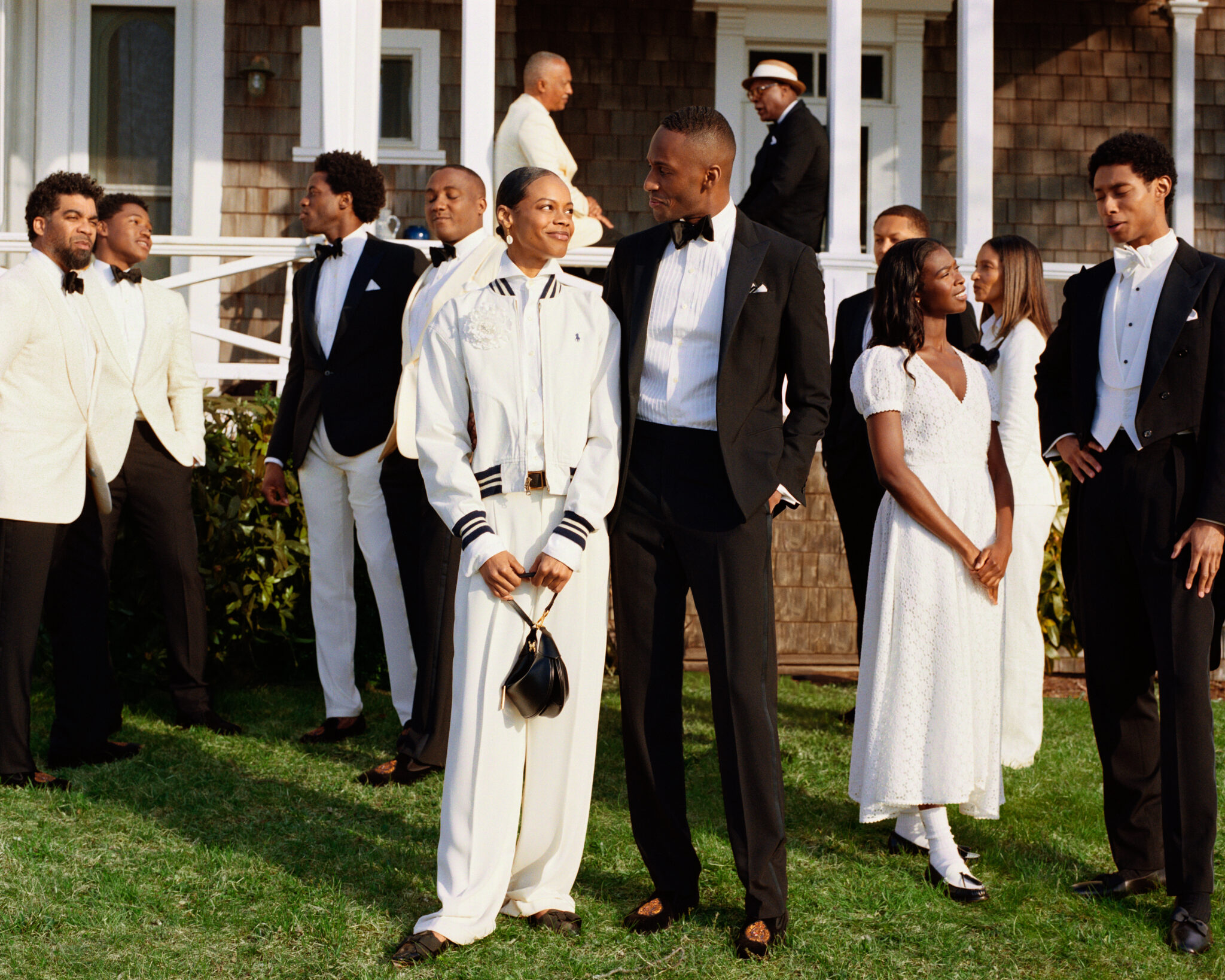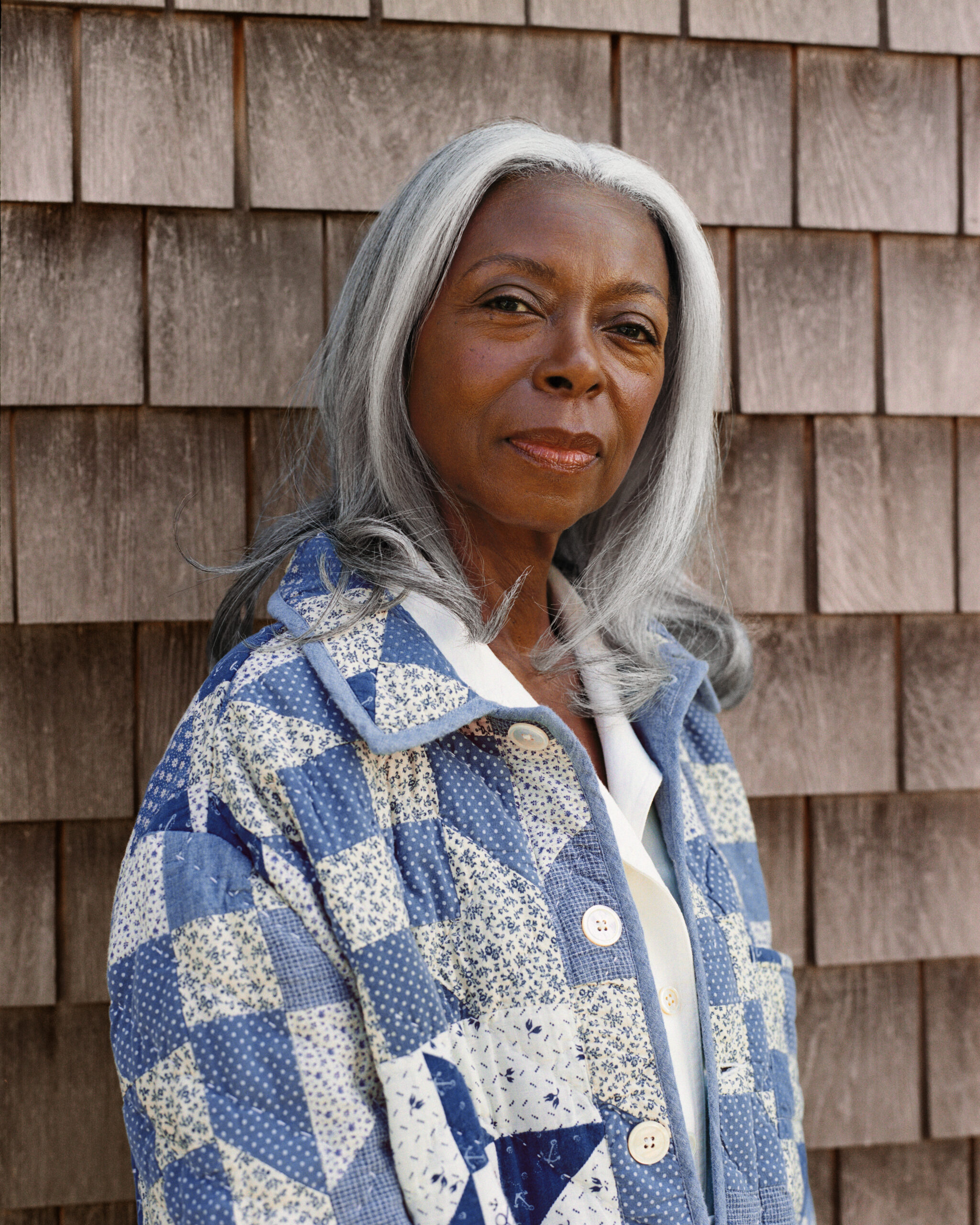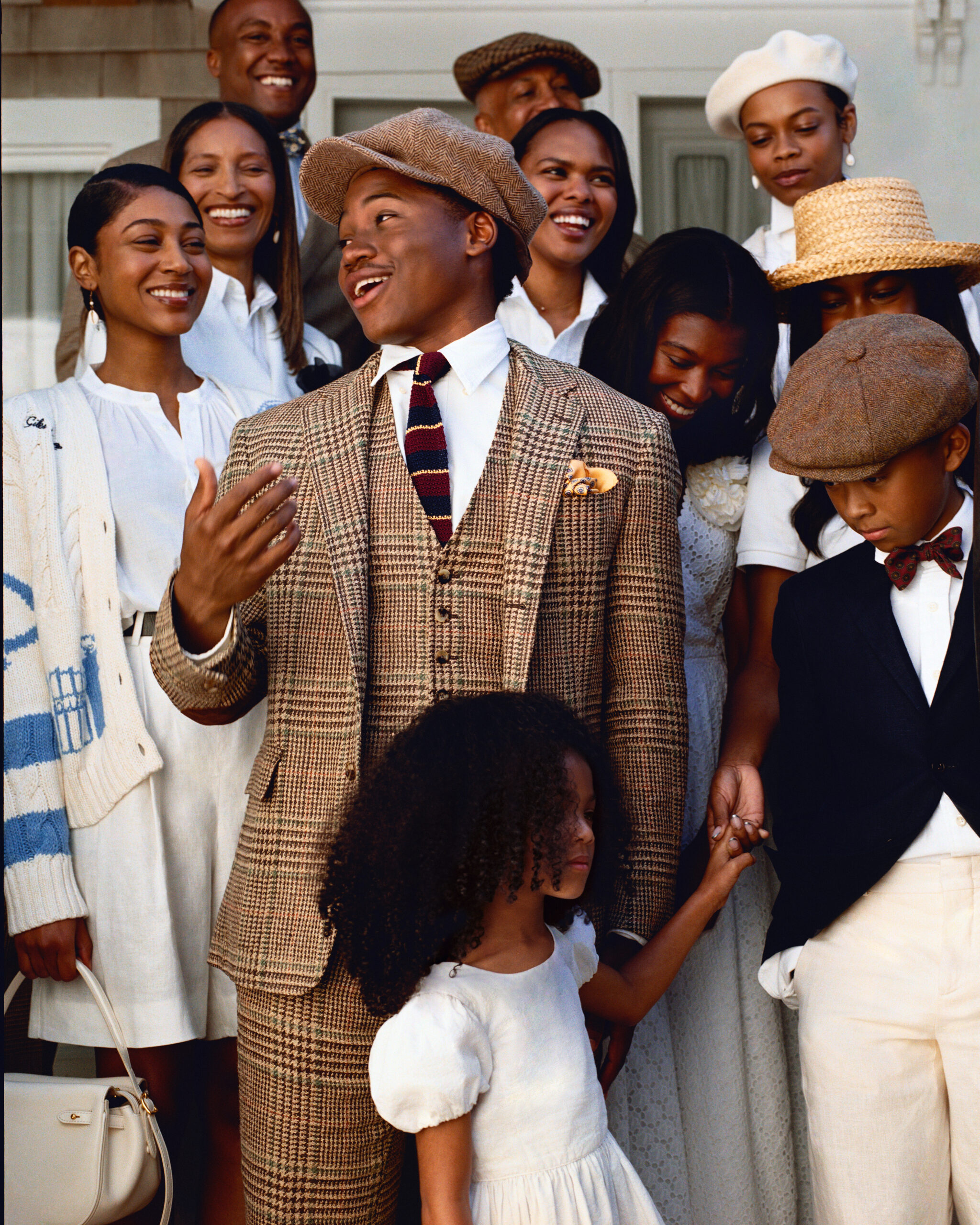
Ralph Lauren presents collection celebrating historic Oak Bluffs community
Ralph Lauren presents collection celebrating historic Oak Bluffs community
In the heart of Martha’s Vineyard lies Oak Bluffs, a seaside town whose shores have quietly held Black history for more than a century. Long before Martha’s Vineyard became a vacation escape for presidents and celebrities, Oak Bluffs stood as a rare refuge for African Americans. During the late 19th and early 20th centuries, when segregation barred Black families from many resorts, this community became a beacon for Black professionals, HBCU alumni, artists, and entrepreneurs who sought leisure, safety, and a place to celebrate life on their own terms. Oak Bluffs became the backdrop for family reunions, summer traditions, and the passing down of heritage, a living archive of Black resilience and prosperity.
This year, Ralph Lauren’s Oak Bluffs Collection, designed by HBCU alumni and the brand’s first Black Creative Director, James M. Jeter (Morehouse ‘13) seeks to tell that story through fashion and film. Titled A Portrait of the American Dream, the campaign features a limited‑edition line that honors the community’s history with varsity jackets, coastal knits, and symbols that nod to HBCU life. Alongside the collection, a short documentary directed by Cole Brown and produced with the support of the W.K. Kellogg Foundation chronicles Oak Bluffs’ legacy and premieres at the Martha’s Vineyard African American Film Festival this August.

This isn’t Ralph Lauren’s first deep dive into Black history. In 2022, the brand released a groundbreaking Morehouse and Spelman capsule collection, an archival celebration of HBCU style and legacy. The Oak Bluffs campaign is a continuation of that vision. James Jeter, the mind behind both projects, has been intentional about rooting these collections in authentic stories, collaborating with Black creatives, and highlighting communities often overlooked in mainstream American narratives.
It’s easy to be cynical about fashion brands tapping into Black culture. In fact, many critics have questioned whether these efforts amount to performative branding. But this campaign stands apart because it ties fashion to lived experience. The involvement of HBCU alumni, local Oak Bluffs organizations like Cottagers, Inc., and funding for the United Negro College Fund shows that this isn’t just a visual homage, it’s investment in the very communities the clothes are inspired by.

Ralph Lauren isn’t alone. Other legacy brands have started to lean into Black history in meaningful ways:
What separates the meaningful from the performative is a willingness to do the deeper work: investing money, building relationships, and letting Black people lead the storytelling.
Fashion is powerful because it shapes memory. The Oak Bluffs campaign is not just a line of clothes, it’s a tangible archive of who we are, where we’ve been, and the spaces we built when we were shut out. By capturing the elegance of Oak Bluffs summers, the energy of HBCU culture, and the pride of Black leisure, Ralph Lauren is preserving a piece of our collective narrative.
This is cultural preservation in action. It’s not flawless, and we should always hold brands accountable for their intentions. But when our stories are celebrated with accuracy, resources, and respect, the result is more than a campaign, it’s a contribution to history. As James Jeter and his team continue to embed Black heritage into one of America’s most iconic fashion houses, they’re ensuring that future generations will see themselves reflected not only on runways, but in the broader definition of the American dream.
And that matters.



Comments